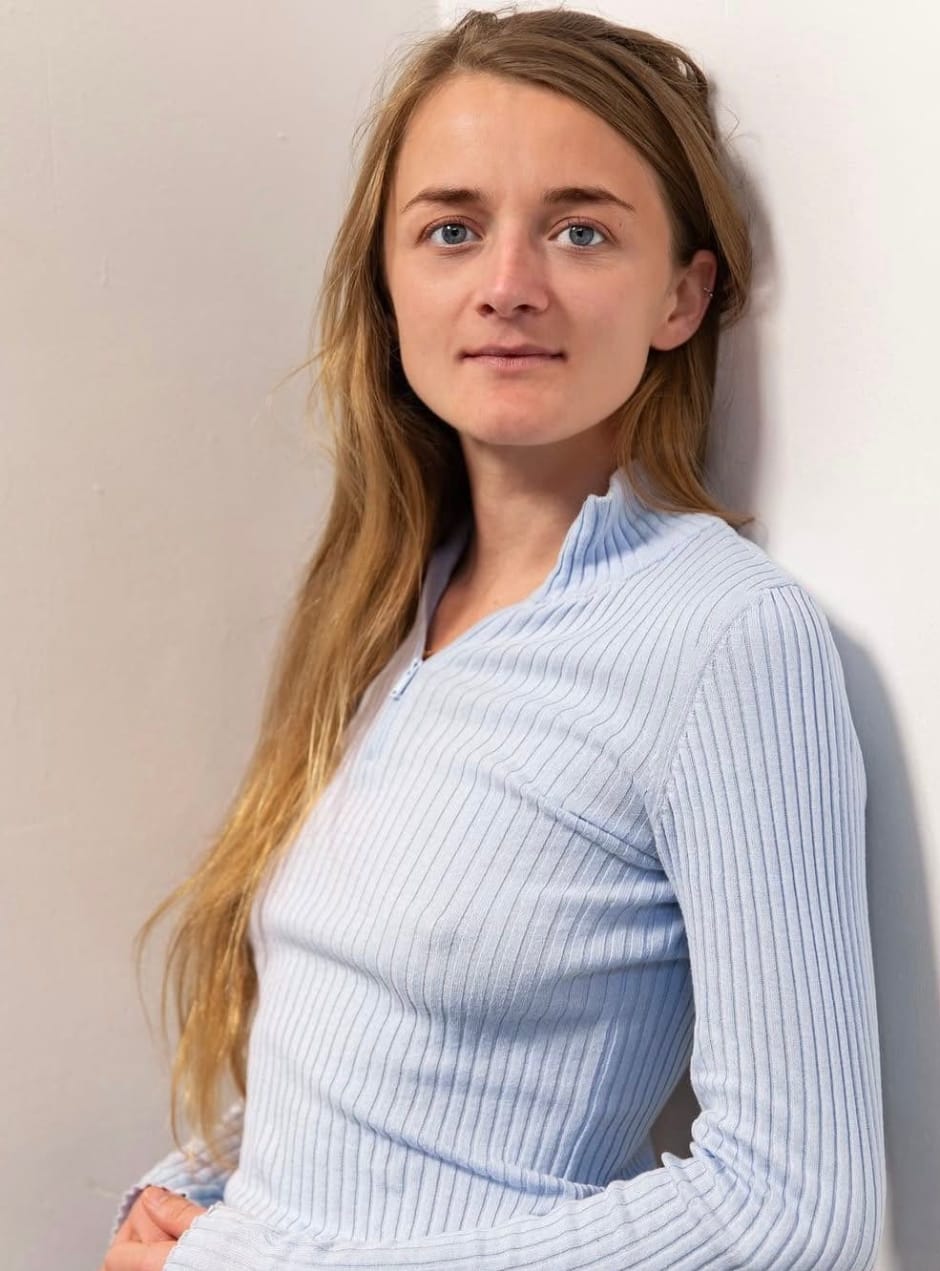
Receiving a mental health diagnosis as a student: burden or liberation?
ADHD, depression or social phobia: according to the Trimbos and CBS, more and more Dutch people are being diagnosed with a mental disorder. Does this trend also apply to UvA students, and does a label make them happier? “I cried with joy when I finally got the diagnosis.”
Recent figures from Statistics Netherlands (CBS) show that the number of 20- to 25-year-olds receiving ADHD medication has risen sharply since 2006. Back then it was about 4,000 young adults; by 2023 the number had reached almost 38,000 – an increase of more than 9.5 times. The number of adults with a mood, anxiety or substance use disorder also rose, from 17 per cent in the period 2007–2009 to more than a quarter in 2019–2022. This is shown by research from the Trimbos.
Increase in mental health diagnoses
At the UvA general practice, student GP Fleur Clarijs has noticed that more and more students leave with a mental health diagnosis or referral. She also says that demand for psychological treatment has increased. Students mainly come in with anxiety disorders or depression, which the GPs themselves can treat. But it is also increasingly common for students to suspect they may have ADHD or autism, in which case they are referred to other practices.
Are mental health diagnoses handed out too generously these days, or are there genuinely more young adults struggling with a disorder? Hilde Geurts – professor of clinical neuropsychology at the UvA and specialised in ADHD and autism – is not particularly fond of the term ‘labels’. “Many people only use the word when it comes to mental health issues, which in itself is already a fine example of stigmatising language.”
Student GP Clarijs offers two further explanations. “Within certain groups, the taboo around mental health problems has diminished and people talk about them more openly. That is partly because more is known about them. Gen Z often get that information from social media, such as TikTok.” The Covid pandemic has also played a role, Clarijs believes. “Students spent two years indoors during a crucial stage of their lives. Covid has made social anxiety worse, I think. Because of the lack of social practice, the symptoms of autism have also become more visible and therefore recognised earlier.”
The appeal
Clarijs understands the appeal of a label for students: “They finally understand why they struggle with certain things.” But she stresses that a diagnosis is not a quick fix, and often requires sustained effort. “The realisation that problems do not simply disappear after treatment sometimes leads to great frustration – especially because waiting lists for diagnosis and therapy are so long.”

That a psychological label can bring relief is something law student Eline Sijnja (21) knows all too well. Her primary school years were far from easy: she was often in her own world and struggled with performance anxiety. Although ADHD was suspected early on, her mother hesitated to have this investigated – afraid that her daughter would start behaving differently because of the label.
At secondary school, Eline regularly forgot her books, didn’t do her homework and often let her mind wander. “Once I was even sent out of the classroom. I didn’t understand it at all – I wasn’t doing anything! That was exactly the problem, the teacher said.” Because she continued to struggle, she had herself tested at the age of twelve. “I cried with joy when I got the diagnosis.”
At first, the label helped Eline to stop being so angry with herself. She also noticed that other people became more understanding. “It’s easier to explain how I think and to convince them that it isn’t unwillingness.” Her diagnosis also led her to start ADHD medication. “As long as I’m studying, I won’t come off dexamfetamine. I really need it to function. But the fact that I have to take pills just to fit into the system – that I do find hard.”
A free pass
Getting a mental health diagnosis can certainly be helpful, Clarijs and Geurts agree. But there is another side to the coin: it can also be stigmatising. Clarijs: “Some people use their diagnosis as an excuse and shift the responsibility away from themselves. Students might say, for instance: I’m late for the seminar because I have ADHD. A diagnosis should not be a free pass for certain behaviour.”
Society keeps raising the bar, Clarijs says. “If you fall even slightly outside the norm, people are quick to say you have autism or ADHD. In the past, every village had one eccentric – the rest simply fitted the mould.” That constant search for labels, she argues, puts even more pressure on mental health care. As a result, people who really need help often have to wait longer. Geurts adds that overdiagnosis can trivialise the problems of this group.
Eline finds it frustrating that undesirable behaviour is increasingly attributed to ADHD. According to the student, people often reduce the disorder to a minor concentration issue. “If only it were that,” she says. “It’s much more than that: for example, I also struggle to regulate my emotions.” On the other hand, Eline hopes that the trend sparks a critical look at the Dutch school system. “Apparently some pupils and students function so poorly in this way that they need a diagnosis. I’m told I have to adapt, but I have no ambition to ever fit into the system. One day I’ll just start a farm.”

Happily labelled
Journalist and UvA alumna Milou Deelen published the book Gelukkig Gelabeld (translation: happily labelled) this year, inspired by her own ADHD and PTSD diagnoses. She, too, asked herself whether a label actually makes you happier. Thanks to her labels, Deelen was able to access therapy and try ADHD medication for a while. “Still, I find it absurd that professional help is only reimbursed if there’s an official diagnosis.”
A label, then, grants access to care, but according to Deelen it also has a downside. It can bring recognition – “that you’re not lazy, but simply have ADHD” – yet at the same time it can be limiting, because you start to see yourself and others primarily through the lens of a disorder.
The greatest insight Deelen gained while writing was that ADHD is not an explanation for her difficulties, but a collection of traits. “We’ve simply classified it that way. You can’t concentrate, you’re impulsive, and we call that ADHD.” In her view, it’s more a matter of variation within the normal distribution than an actual disorder. That perspective also changed her attitude towards her diagnosis. “I always thought the label ADHD would be the solution to everything, but in the end it was more the beginning of a search. I started exploring what works for me, and began to accept my ADHD traits as part of who I am.”
Two sides of the same coin
Student GP Clarijs believes that for half of students a diagnosis is supportive, while for the other half it is limiting. “And that is a significant share,” she emphasises. That is precisely why Clarijs thinks there should be a more critical look at who receives a diagnosis, for what purpose, and what someone can actually do with it.
Geurts concludes that receiving a mental health diagnosis feels different for everyone. She knows this first-hand: in her research on autism, the professor asked people over sixty who had been diagnosed later in life whether it would have been better if they had received their diagnosis when they were young. Their answer was twofold. On the one hand, it gave them the opportunity to try many things without others immediately saying they couldn’t. On the other hand, many struggled with a negative self-image, because they were often rejected and bullied out of misunderstanding. “Whether it is a liberation or a limitation therefore does not only differ between people: it can even be experienced by the same person at the same time.”

